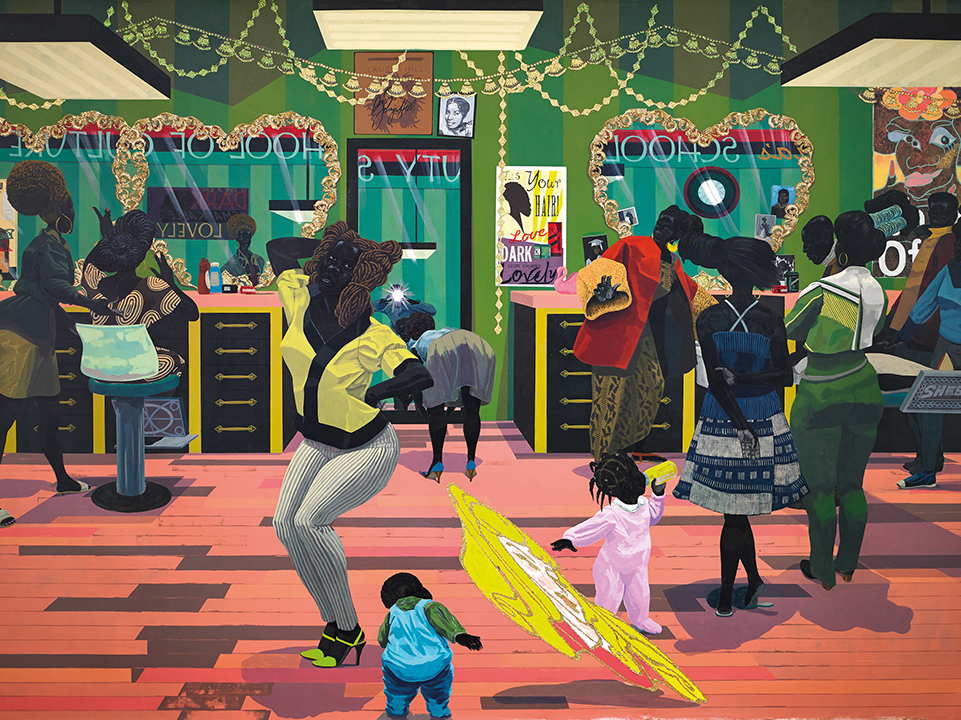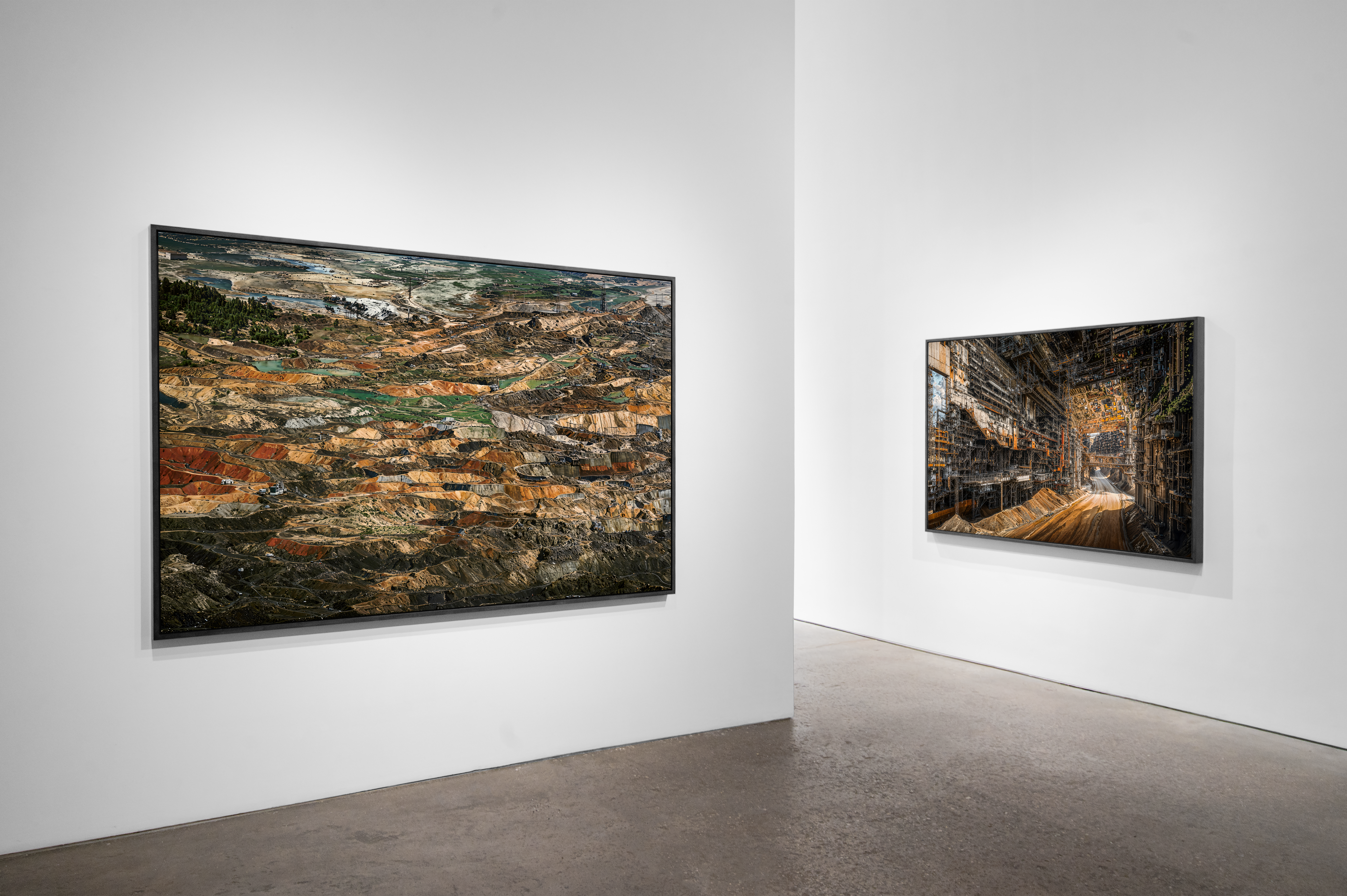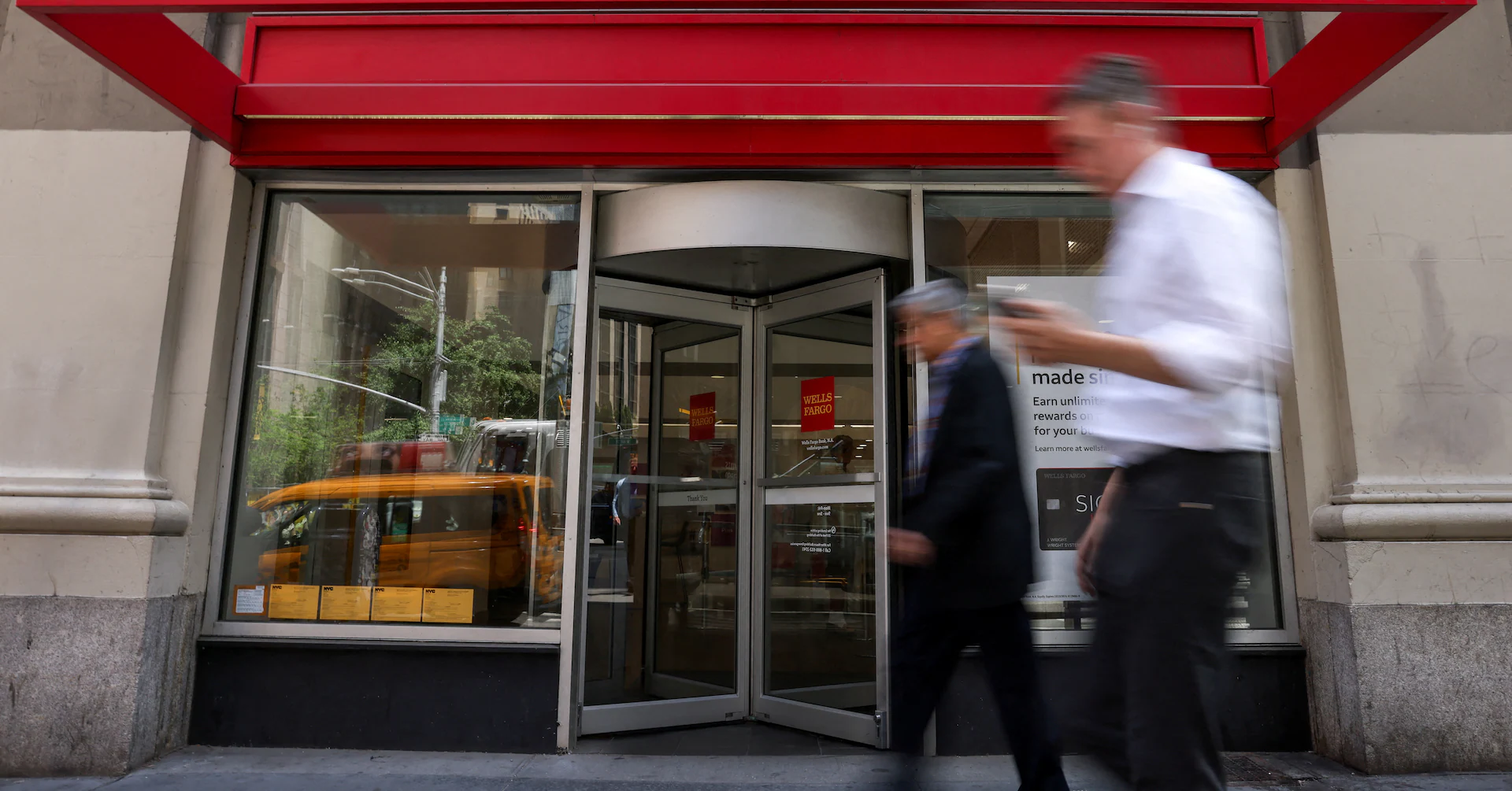By Michael Prodger
Copyright newstatesman

In 1768, when the Royal Academy of Arts was founded, its mission was to teach British artists to paint in the continental grand manner. To that end, it adopted the hierarchy established by the French Royal Academy of Painting and Sculpture more than a century earlier, which had “history painting” lording it over lesser genres such as portraiture and landscapes. History painting initially meant episodes from classical history and myth and scenes from the Bible. It later came to encompass contemporary subjects of import too, such as depictions of battles.
This long-unfashionable manner is perhaps a strange one for a contemporary black American painter to adopt. Kerry James Marshall, however, uses it as a means to redress what he sees as a historical wrong: the invisibility of black figures in Western art history. With his new exhibition at the Royal Academy, Marshall, an honorary academician, is bringing his version of this venerable academic tradition back to its Anglophone birthplace.
“I’ve always wanted to be a history painter on a grand scale like Giotto and Géricault,” he has said – and for those large-scale pictures to fill museums with black faces and black bodies. He has chosen to do so, not through the obvious set-pieces of 20th-century US racial strife – the assassination of Martin Luther King, say, or Rosa Parks’s bus ride – but by depicting a more nuanced version of black American lives and culture. While some of his pictures are indeed allegorical, the style of many others is a form of quotidian epic.
This was the style of his painting Past Times (1997), which sold for $21.1m in 2018, the highest price ever paid for a living African-American artist. Unfortunately, the buyer was Sean “P Diddy” Combs. “Everything I do is based on my understanding of art history,” says Marshall, and the picture is a variation based on Georges Seurat’s La Grande Jatte (1884-86), with an American park and lake substituted for the banks of the Seine and a comfortably off black family taking its ease (picnicking, listening to music, waterskiing, golfing) in place of the 19th-century Parisian bourgeoisie promenading on a Sunday afternoon.
In the picture, lyrics from the Temptations’ “Just My Imagination” and Snoop Dogg’s “Gin and Juice” float out of a pair of radios, the words highlighting how difficult it has been for black families to access the American Dream. Meanwhile, the face of the mother and her children stare back unwelcomingly at the viewer, their expressions a reproof – we would not be gawping if this were a white family.
Nevertheless, as in almost all his works, Marshall is careful not to make any message too overt. He never forgets that he is making paintings. There are nods to pop art and Disney – a flock of bluebirds fly across the scene adding a note of kitsch – some pasted-on sheets of paper bear abstract expressionist blobs and squiggles. “The difference between what I’m doing and social realism,” says Marshall, “is that the figures in my paintings are not naturalistic in the conventional sense. They are rhetorical figures that inhabit a realist space.”
If his work seems to have much in common with the Harlem Renaissance, it comes from personal experience. Marshall was born 1955 in segregated Birmingham, Alabama, and moved with his family to Los Angeles in 1963. They lived first in a public-housing project – the subject of his Garden Project paintings of the early 1990s, which cut the original optimism of such places with the knowledge that because of under-investment and crime they soon became failed utopias. As a ten-year-old, Marshall witnessed the Watts riots, a popular uprising against black oppression.
The better to express black history, culture and experience, he also examined the colour itself. His figures are not brown but painted in Stygian tones (which means they don’t reproduce well on the page): “If you say black, you should see black,” he says. Peer hard enough, and close enough, at his Invisible Man paintings and variations become discernible. Using three off-the-shelf black paints, he conjures up a chromatic range. Although he claims that “using black paint to paint black figures is not at all about representing black subjectivity… I am not interested at all in black as a metaphor.”
Nevertheless, metaphor is inescapable in the work that announced him, A Portrait of the Artist as a Shadow of His Former Self (1980), painted when he was 25. In this small, monochrome picture, painted in egg tempera, the technique of the early Renaissance, Marshall’s face is set against a dark background and is discernible only through the whites of his eyes, the teeth in a broad smile, and the white shirt-front peeping through his jacket. It takes such racial stereotypes and makes them the subject of the picture. Here is a black man, simultaneously visible and invisible. Something of its impact can be gauged by the fact that the work’s first owner used to hang it in his bar at home but moved it to his bathroom when guests found it offensive. The challenge of the picture was clearly too much.
What this exhibition makes clear is the multiplicity of Marshall’s topics; if he uses an adaptable range of black paints, he utilises even more black themes. There are paintings treating the Middle Passage and the legacy of slavery; the civil rights and black power movements; supporters of black rights who have been killed; the role of Africans in the enslavement of their own people; and portraits of significant figures in the emancipation struggle, such as the abolitionist Olaudah Equiano and the heroine of the Underground Railroad Harriet Tubman.
Marshall, however, is at his best when he is more oblique and suggests how this tangled heritage is entwined in the lives being lived now. In, for example, School of Beauty, School of Culture (2012), a painting of a beauty salon, he seeds the scene with references and clues. In the centre of this black space, where a trade is taught and where the clientele absorb African-American mores, is the skewed, anamorphic head of a blonde white girl (a device borrowed from the skull in Hans Holbein’s The Ambassadors, 1533). Everything else in the painting is designed to show the black alternative to this epitome of Western beauty.
Here are a variety of elaborate braided hairstyles; a red, black and green colour scheme taken from the Pan-African flag; on the wall hang the album cover for The Miseducation of Lauryn Hill (1998) and a poster for Chris Ofili’s 2010 Tate Britain exhibition showing a woman with huge Afro hair. Some women wear clothes of traditional African cloth, others modern ersatz. This is a whole way of being that has consciously forged its own communal style from the past. There is joy and humour too, and defiance: who needs the white world?
While Marshall’s paintings imply the separateness of black lives, suggesting that his people can only really relax in black spaces, there is one picture in which he shows another possibility. Untitled (Blanket Couple) (2014), depicts a pair of lovers in a public park lying dozing, entwined on a blanket, the shadow of a tree playing across them, their bicycles parked and a takeaway meal eaten. Here, their colour is irrelevant, unworthy of a second look. They are just a couple.
Kerry James Marshall: The HistoriesRoyal Academy, London W1J. Until 18 January 2026



